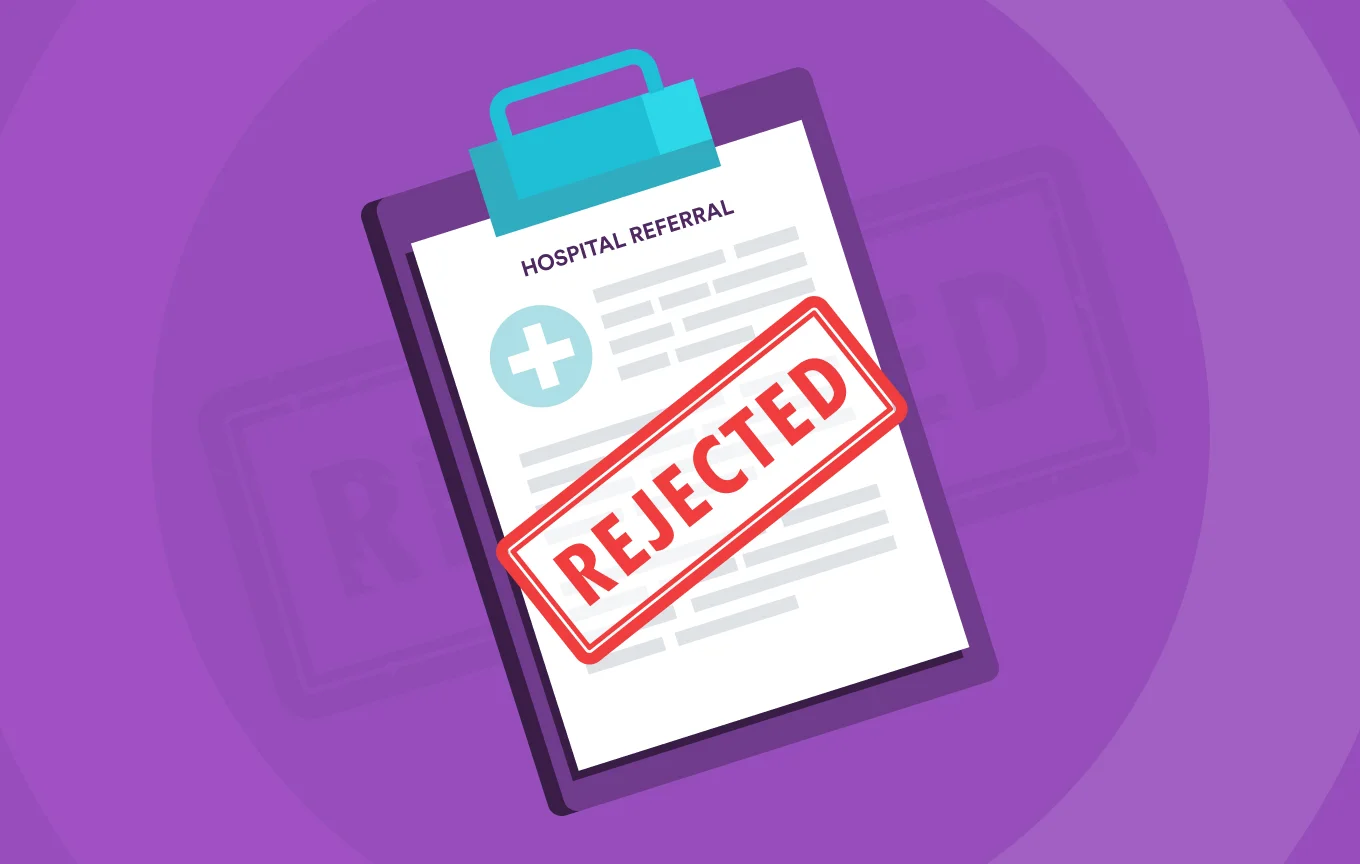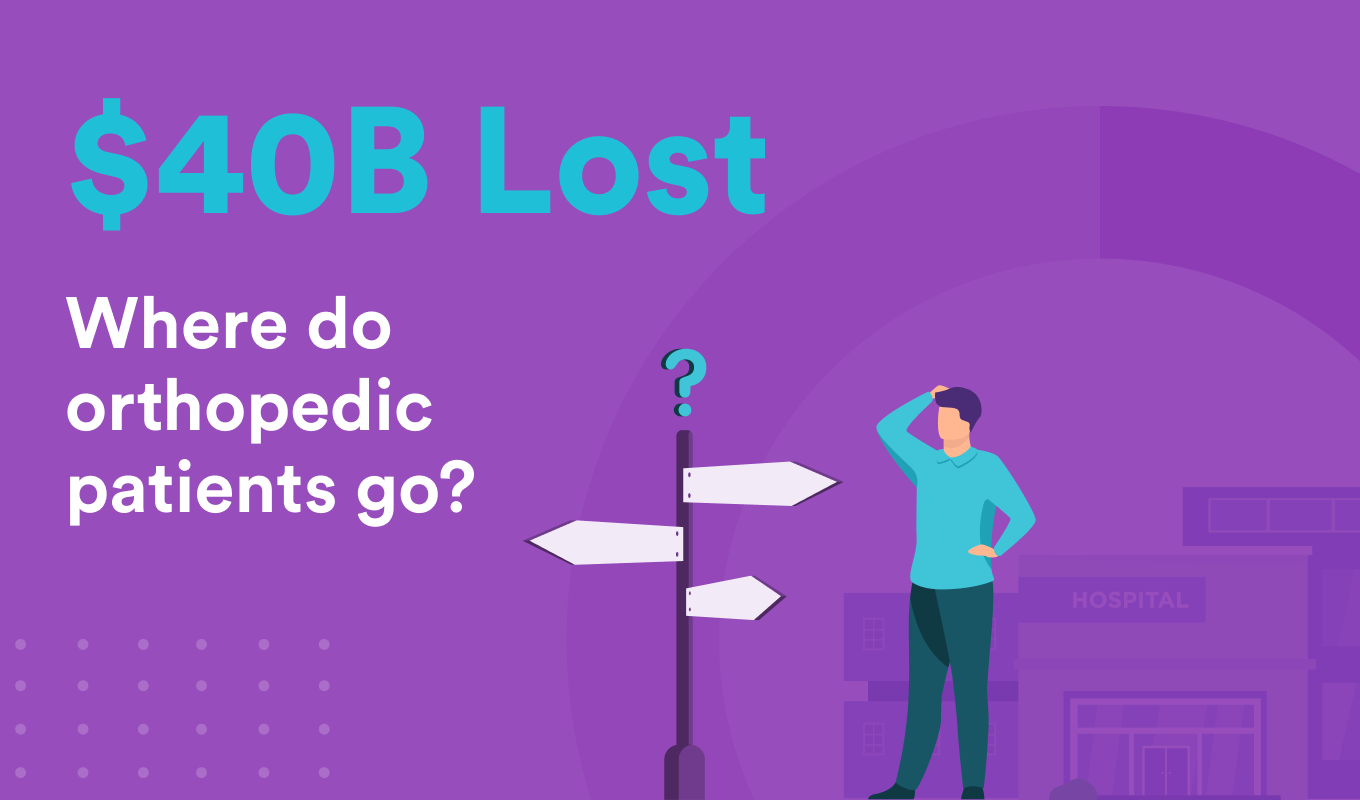It’s been over a year since our lives were altered due to COVID-19, and as we reflect on the changes made in health care, it’s safe to say that many of these new solutions are going to last well beyond the pandemic. Home health care, for instance, boomed
this past year, and at Luna, we have heard from our health system partners, therapists, and patients that the need for delivery of at-home care services will only continue to grow in demand.
Luna hosted three leaders from our health system partners to discuss their organization’s progression in home care: where they were before the pandemic, what they were
able to accomplish to help patients get quality care in the safety of their homes, and how they view these solutions looking into a post-pandemic future. Thank you to Lisa Risser, Corporate Senior Vice President of Ancillary Operations at Scripps Health; Scott Boden, Director of the Emory Orthopaedics & Spine Center and Vice President for Business Innovation for Emory Healthcare; and Cory Ferrier, VP of Business Development at Adventist Health for joining us and sharing your thoughtful input.
Identifying the need
Prior to 2020, telehealth, virtual care, and at-home care were underutilized and deprioritized. When the pandemic arrived, hospitals and health systems scrambled to put in place at-home care solutions. According to the CDC, there has been a national delay in care. The pandemic has made patients less likely to get in-clinic or in-hospital care, whether that be preventative care, chronic
disease management, or physical therapy.
“With COVID-19, we saw an increase in patients who did not want to leave the home,” said Lisa. “So we realized we need to provide more at-home care because they weren’t getting the care that they needed.”
Medicare and other insurance plans installed waivers for billing delivery and virtual treatments the same as in-clinic or in-hospital treatment, fostering an efficient and streamlined adoption innovation. Lisa, Cory and Dr. Boden all agreed the impact
of these waivers on the shift in care has been monumental.
Finding the solution
Hospitals and health systems do not have the personnel bandwidth and infrastructure to serve the growing demand in convenient care, so they are met with the “build or buy” dilemma: build more clinic locations, outsource to independent care providers (where
they lose control or oversight of quality), or work with an outpatient delivery partner like Luna.
“We don’t have the capital to be able to build that clinic today,” said Cory. “The partnership with Luna allows us to start a service line and not be limited by location.”
The decision to work with solution providers requires an evaluation of partners, a process that can be painful at larger organizations. All three representatives said that the aligned incentives and motivation of the pandemic has streamlined this process.
The discussion around innovative home health has moved past “Is this possible?” to “How do we execute it?”
Dr. Boden works with a group of leaders at Emory Healthcare to evaluate partnerships and offers a framework for health executives to evaluate their options. Each partnership should benefit patients, improve the joy of practice for physicians, and create
value. When presented with multiple companies providing the same service, Emory Healthcare partners with the industry leader.
Looking to the future
Even as we get closer to a post-pandemic world, health systems cite a strategic imperative to grow home care and services. Transportation and time are major factors in a patient’s health care decision-making process. Luna’s services have helped our health
system partners alleviate backlogs of patients waiting for PT, as well as extended their geographical reach.
“People will drive quite a ways to have surgery, but they tend to not want to drive a couple times a week to have rehab,” said Dr. Boden. “There are a number of surgeries where the rehab is as or more important than the surgical procedure. In those situations,
Luna will allow us to extend a surgical intervention to someone who lives remotely and otherwise might have been a higher risk of failure because they didn’t have the right PT.”
At Luna, our partners look past the cost of a particular service to focus on the total impact and cost of care for the patient, including reduction in hospital stays, reducing readmission rates, and ensuring patients aren’t deferring necessary care. These
all come back to meeting the patient’s needs, both in terms of care and accessibility. The COVID-19 pandemic proved the necessity of at-home care, but the need will extend into the post-pandemic health care system. Patients will continue to have barriers
to clinic and hospital visits, especially for care that requires frequency and consistency. Delivery services can reduce those burdens and should be provided as the solution.









